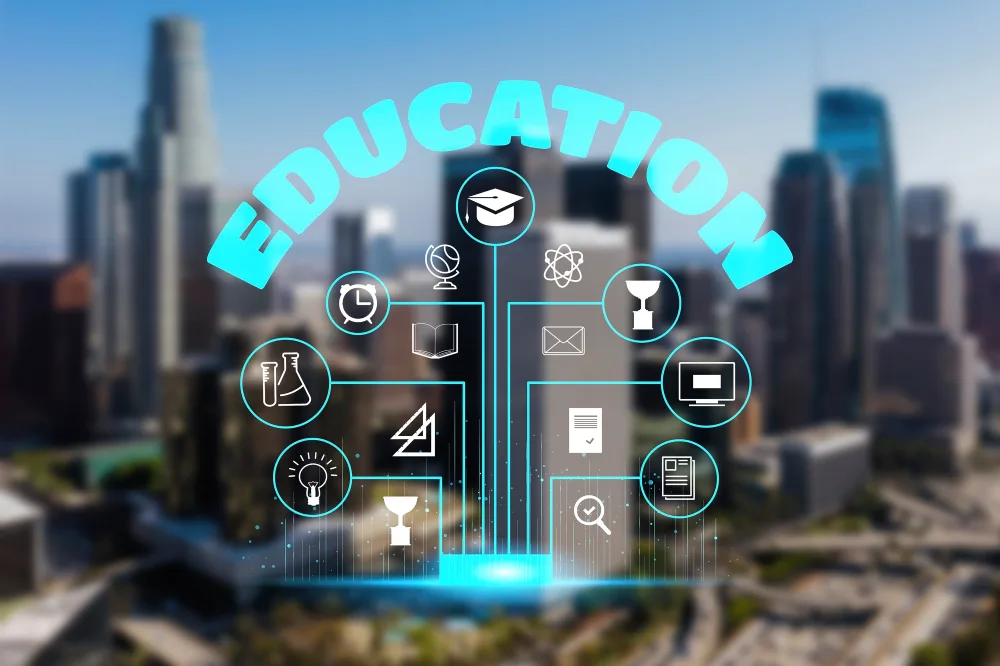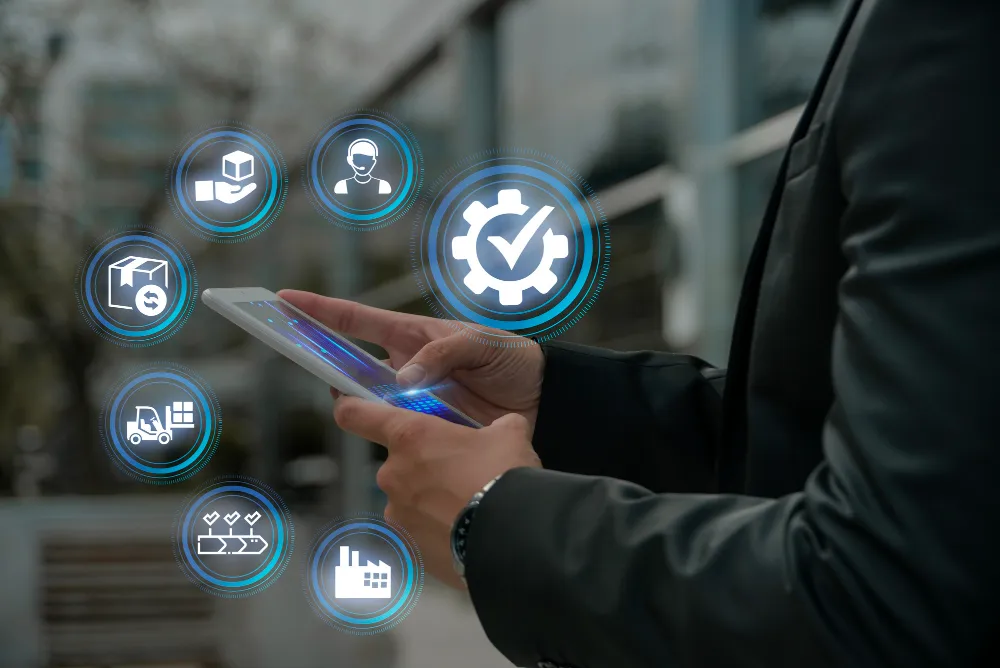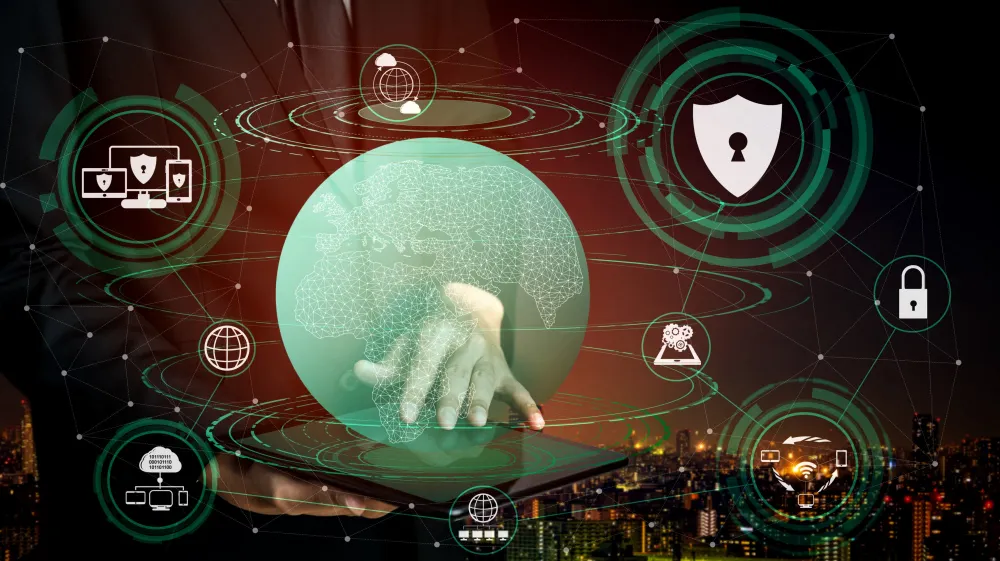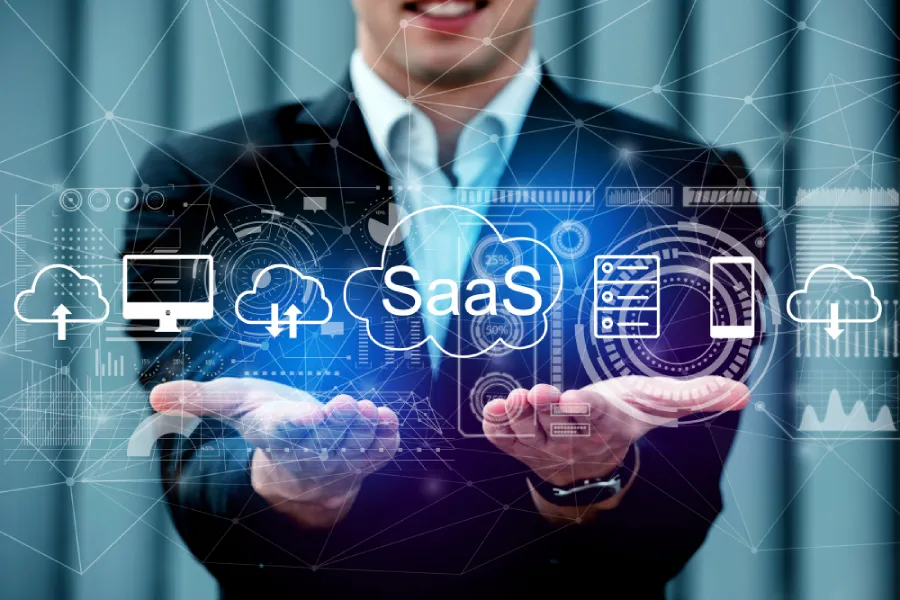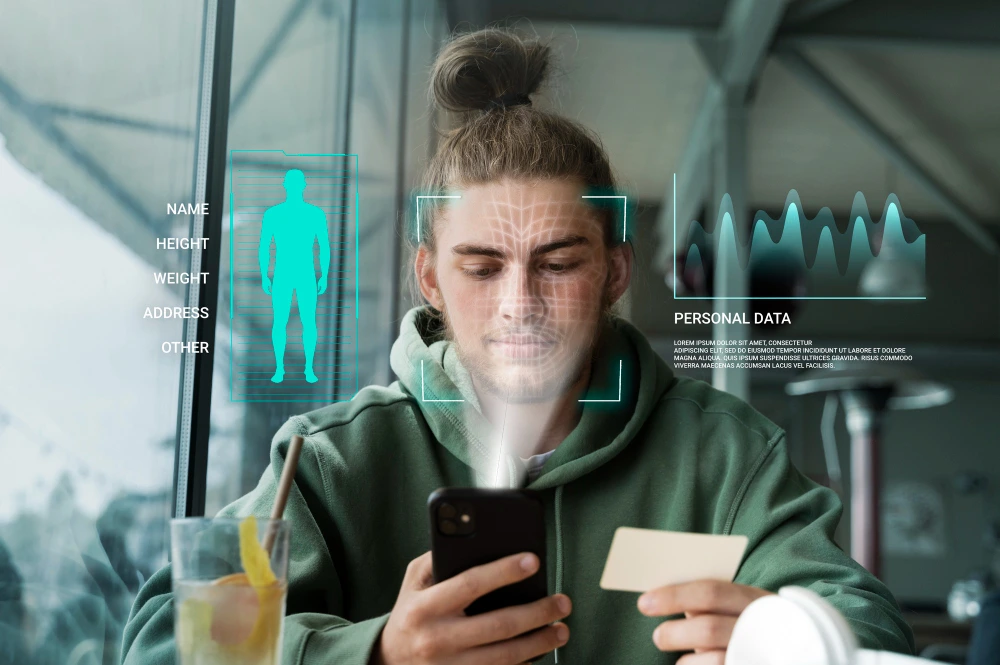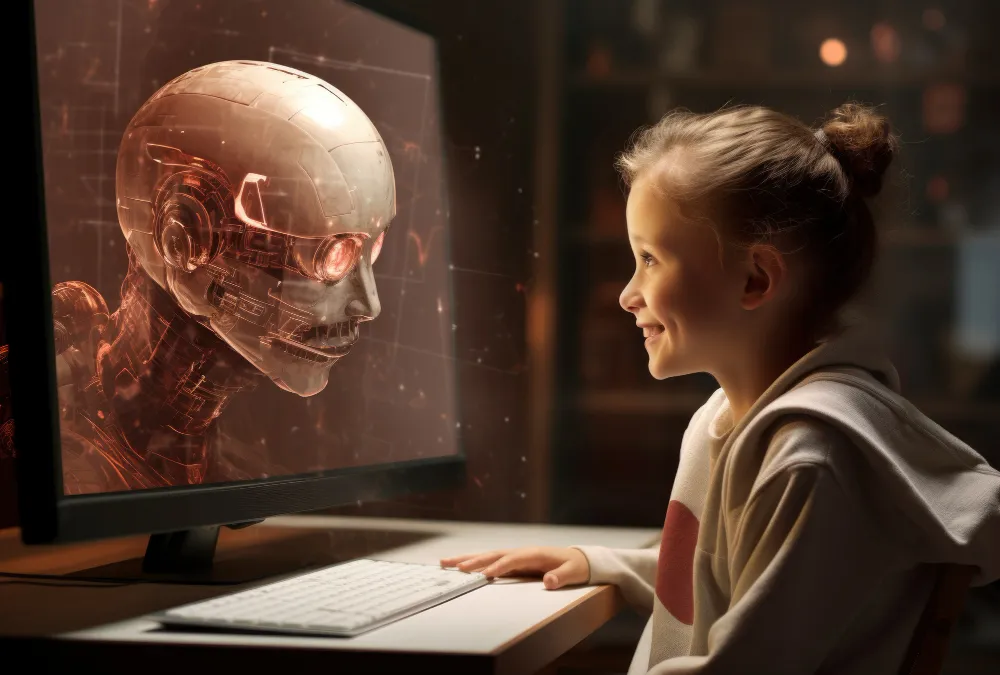Knowledge Update | Horizon University UAE – Essential Insights
Knowledge update and Industry update at Horizon University College (HUC) is an online platform for communicating knowledge with HUC stakeholders, industry, and the outside world about the current trends of business development, technology, and social changes. The platform helps in branding HUC as a leading institution of updated knowledge base and in encouraging faculties, students, and others to create and contribute under different streams of domain and application. The platform also acts as a catalyst for learning and sharing knowledge in various areas.
Prof. Gouher Ahmed
From Different Corners
Safety and security form the cornerstone of tourism and economic development. The 33 countries in Latin America and the Caribbean face significant challenges in this regard, with violent crimes having an outsized effect of approx. $224.4 billion. By contrast, the United Arab Emirates (UAE) stands out as a prime example, having achieved substantial economic success based on a robust foundation of safety, security, and visionary leadership. UAE's achievements underscore the crucial role of stability in fostering growth and prosperity.
Dr. Robinson Joseph
From Different Corners
In today's highly competitive and dynamic business environment, accounting software has become an indispensable tool for organizations seeking to enhance their performance. The integration of advanced technologies like accounting software not only streamlines financial management but also helps improve operational efficiency, decision-making, and overall business growth. This article explores the various ways in which accounting software influences business performance, highlighting its benefits in terms of accuracy, productivity, cost reduction, and strategic decision-making.
Dr. Ahmed Sebihi
From Different Corners
Artificial Intelligence (AI) refers to the ability of machines, especially computers, to replicate human-like cognitive functions, such as problem-solving, learning, and understanding natural language. First introduced by John McCarthy in 1956 at the Dartmouth Conference, AI has evolved significantly, from simple algorithms to sophisticated systems capable of complex tasks.
Mr. Venkata Kumar
From Different Corners
Developing a mathematical mindset as a college freshman is crucial not only for academic success but also for cultivating problem-solving skills that will serve students throughout their lives. A mathematical mindset is characterized by curiosity, perseverance, and the belief that math abilities can improve with effort. Here is how freshmen can nurture this mindset from the very beginning of their college journey:
Dr. Alaa Momani
From Different Corners
The modern workplace has undergone a significant shift toward remote and hybrid work models, a change accelerated by the COVID-19 pandemic. Remote collaboration tools such as Slack, Microsoft Teams, Zoom, and Asana have become essential for maintaining communication, project management, and real-time collaboration across distributed teams.
Dr. Ramakrishna Yanamandra
From Different Corners
In the year 2024, UAE has advanced three positions from 10th to 7th in the World Competitiveness Report and it is now ahead of countries like Norway, Iceland, Japan, Canada and Finland. In ranked 2nd in the Economic Performance, 4th in Government Efficiency and 10th in Business Efficiency. This indicates the robustness of UAE’s economy, leadership and governance. Due to its proactive economic measures, UAE has not only very quickly recovered from the impact of Covid-19 pandemic but also improved its overall growth in all areas highly significantly. One such sector in which UAE has grown very well is the Logistics and Supply Chain Sector (IMD-World Competitiveness Ranking, 2024).
Dr. Alaa Momani
From Different Corners
The Internet of Things (IoT) has revolutionized the way we interact with technology, seamlessly integrating smart devices into our daily lives. IoT refers to a vast network of interconnected devices—ranging from household appliances and wearable health monitors to industrial machinery and autonomous vehicles—that communicate and exchange data over the Internet.
Dr. Manas Pradhan
From Different Corners
Today's businesses are flooded with data that have been extracted in vast quantities from sensors and IoT devices in real-time. The traditional cloud computing solutions are facing new challenges, so edge computing and fog computing have emerged as potential solutions to process and analyze data in real-time. Edge computing, cloud computing, and fog computing though seem the same as related to distributed computing, but are different in technical functionality. The common focus of these three is related to physical deployment and storage.
Dr. Karamath Ateeq
From Different Corners
Language models like GPT-3 or BERT have revolutionized NLP with their ability to generate coherent, context-aware responses. However, these models are primarily trained on static datasets and, therefore, are limited to the knowledge available at the time of training.
Dr. Hussain Dawood
From Different Corners
Artificial Intelligence (AI) has become an increasingly transformative force in education, revolutionizing how students learn, teachers instruct, and institutions manage operations. Incorporating AI in education has opened doors for personalized learning, enhanced administrative efficiency, and enriched classroom experiences.






